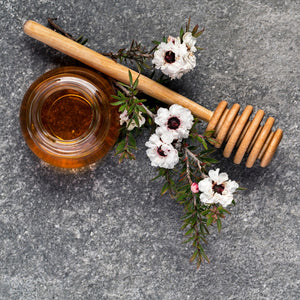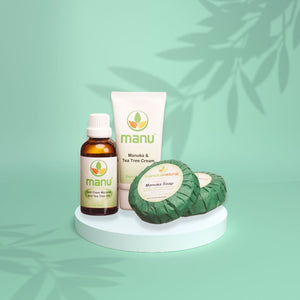
How Manuka honey is tested and rated
The discovery that Manuka honey from New Zealand had antimicrobial properties not present in honey from other floral sources was first made by the late professor Peter Molan of Waikato University during his research into natural products that could offer alternatives to conventional antibiotics.
In 1982 Professor Molan and his team began testing a wide range of honey from around New Zealand and to their amazement found that Manuka honey from some regions had outstanding antibacterial properties.
It became clear as testing continued that there was quite a large variation in the efficacy of Manuka honey from different regions, much of which was due to the inclusion of nectar from other flowering species that were part of the honey samples tested. It was found that the honey with the greatest level of antimicrobial effect were those which were sourced from the Northern parts of New Zealand’s North Island and from places where Manuka was the dominant species.
At this stage they did not know the identity of the compound that produced this special property that was not present in honey from other flowering plants, later to be identified as methylglyoxal.
It was important then to be able to quantify the level of antimicrobial activity so Professor Molan developed a test by comparing Manuka honey with various concentrations of a well-known antiseptic - phenol, commonly used in hospitals. From there they were able to recommend Manuka honey as a genuine alternative to conventional antibiotics – many of which were becoming less effective due to resistance by many of the organisms they were intended to treat.
Here is how Professor Molan and his team developed a ranking system for testing Manuka honey, you will read how it is not only the methylglyoxal concentration that is important as there are other factors that contribute to the overall efficacy of Manuka honey. This is why manukanatural.com only represent Manuka honey with a certified UMF rating.


